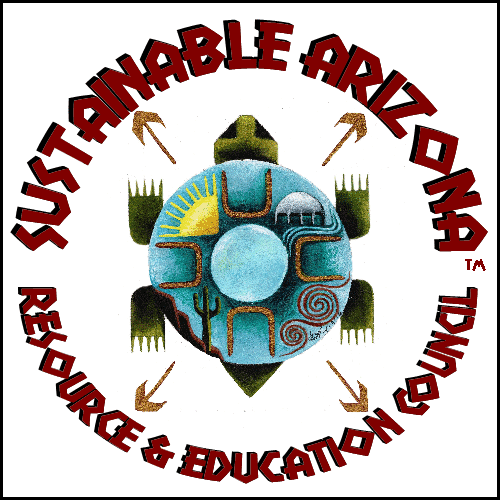Given the bizarre and possibly corrupt decisions being made in the White House these days, I thought this excellent article was worth posting.
As the weather gets colder, the fight over the Dakota Access Pipeline is heating up, in rather ugly ways. Just days before Thanksgiving, law enforcement officers tried to blast the protesters away with water cannons in 25-degree weather and employed other “less than lethal,” though still harmful, dispersal methods. One protester may lose her arm as a result of injuries suffered during the violence. And to top it off, the Army Corps of Engineers plans to close one of the camps of “water protectors” next week, which may embolden law enforcement to take a more forceful approach.
High Country News has reported what’s at stake for the Standing Rock Sioux tribal members and their allies trying to stop or re-route the project: Tribal sovereignty, water, environmental justice, holy lands, treaty-rights and antiquities. Add to that the prospect of more carbon spewing into the atmosphere, and one can see why activists are risking so much to stand in the pipeline’s way.
Less clear is what the $3.78 billion, 1,172-mile-long crude oil pipeline offers in return if and when construction is completed and it goes into operation. Energy Transfer Partners, the project’s main proponent, says that the pipeline will offer jobs, economic relief to a struggling region and, by spurring production of North Dakota Crude, it will take the U.S. closer to the lofty ideal of energy independence.
Construction on the pipeline is about 85 percent complete and it has, indeed, put people to work. Yet it is not clear how many new jobs have been created since the jobs are spread out over 1,000 miles. Rural towns along the pipeline’s corridor have reported a boost in hotel and campground occupancy rates as the contractors move through. That, in turn, generates sales and lodging tax revenues for the local governments. The boost, however, won’t last. In a few months, when (and if) construction is complete, the workers and their spending money will depart. The finished pipeline will require just 40 permanent maintenance and operational jobs along its entire stretch.
Once oil is flowing, property tax revenues — an estimated total of $55 million annually — will kick in. While it’s a big chunk of change, the impacts will be diffused, shared by four states. North and South Dakota are expected to receive about $13 million each, divided between several counties, a drop in the budget bucket (Colorado generates nearly $20 million per month from taxes and fees on marijuana). That said, it might be enough to buy the county sheriffs some more military gear from the Pentagon in order to squelch the next pipeline protest. It will not, however, cover the costs of such squelching: The current law enforcement effort has reportedly cost $15 million so far.
The fact is, pipelines, like transmission lines, don’t have a major economic impact except when they’re built. They otherwise go mostly unnoticed until they spill, burst or explode.

